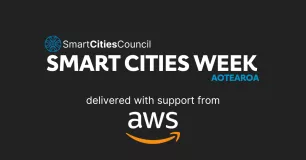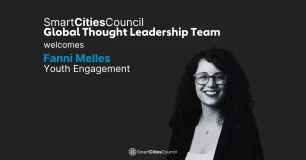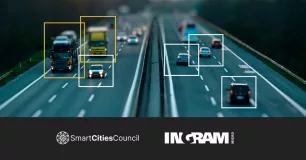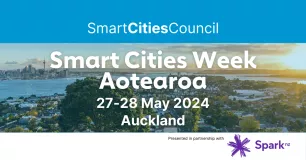
Big city leaders could learn a lot from what Salt Lake City, Utah – population 180,000 – has managed to do by listening to citizens. That's the gist of a report from a session of the recent Congress of New Urbanism conference in Salt Lake City posted on dc.streetsblog.org.
Author Angie Schmitt tells the story of regional leaders who in 1990s set out to learn what residents of the Greater Salt Area valued about where they lived. One thing they learned was that people cared a lot about transit.
Today, according to Schmitt's post, Salt Lake City is number one in the nation in per-capita transit spending. It is also, she says, the only city in the country building light rail, bus rapid transit, streetcars and commuter rail at the same time
She quotes Dee Allsop of the communications firm that led a public relations effort around the Envision Utah effort: “How is it that the most conservative state… how is it they’re one of the most progressive in the country on transit? It’s because the case was made in a way that fit with people’s values.”
###
Jesse Berst is the founding Chairman of the Smart Cities Council. Click to subscribe to SmartCitiesNow, the weekly newsletter highlighting smart city trends, technologies and techniques.



